Going through customs can feel like walking through a minefield, even when you have nothing to hide. One wrong move, and suddenly you’re getting the full treatment from security officers who seem to have all the time in the world to make your life complicated. The thing is, customs and TSA agents are trained to spot specific behaviors and items that raise red flags, and some of them might surprise you.
Understanding what triggers additional screening can save you hours of delays and awkward questioning. Let’s dive into the most common red flags that’ll get you pulled aside faster than you can say ‘random selection.’
Here’s a list of 15 red flags that customs officers watch for at checkpoints.
Excessive Yawning

Believe it or not, yawning too much can land you in the secondary screening line. When people are stressed, they tend to want more oxygen, which leads to excessive yawning. Customs officers know this little physiological fact and consider it a potential sign of deception or nervousness. So watch it, tired holiday traveler — your body’s natural response to exhaustion might be mistaken for something more sinister.
Avoiding Eye Contact
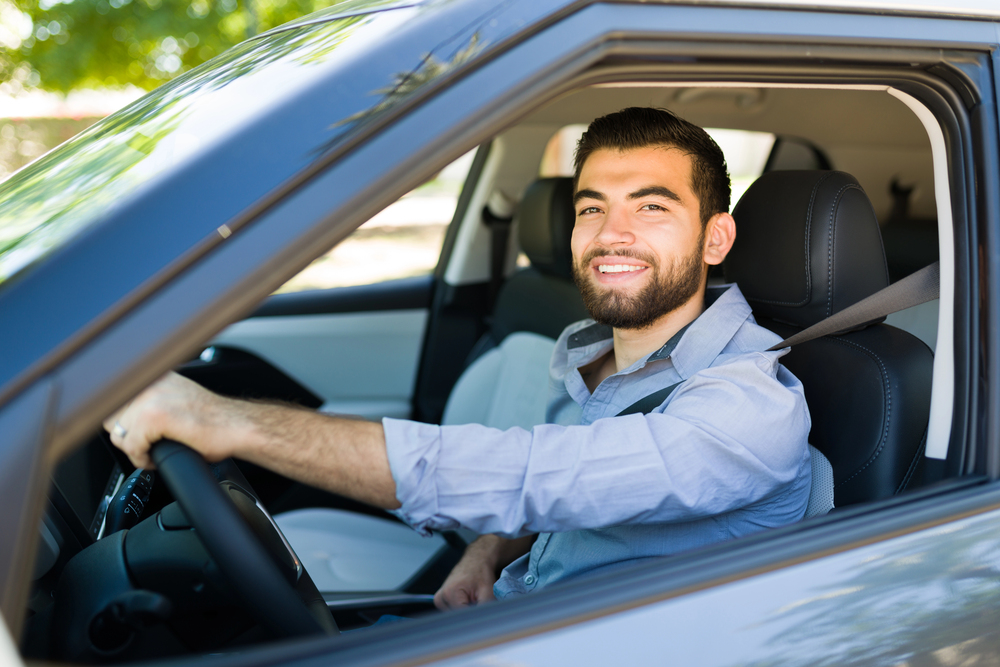
The old advice about maintaining eye contact really matters at security checkpoints. Officers are trained to watch for a lack of eye contact or what aviation experts call the ‘thousand-yard stare.’ It’s generally assumed that people attempting to lie are more likely to avert their gaze and avoid making eye contact. Of course, some folks are naturally shy, but when combined with other suspicious behaviors, it can definitely catch an officer’s attention.
Wearing Inappropriate Clothing for the Weather
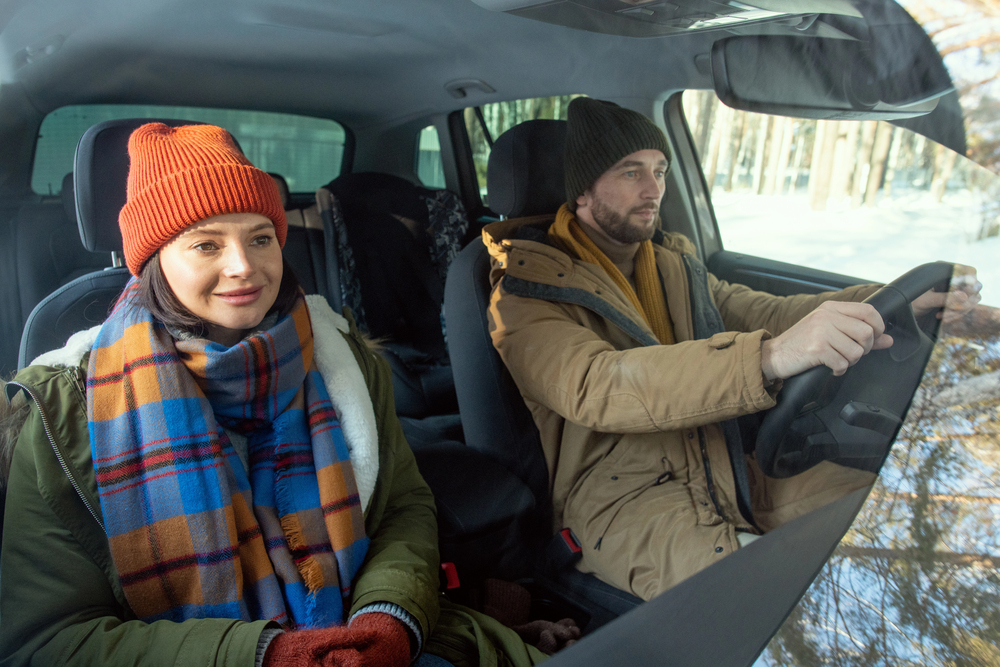
Showing up in a heavy winter coat during summer or wearing shorts when it’s freezing outside is a major red flag. TSA agents are trained to watch for travelers dressed inappropriately for the climate outside or at their final destination. Any behavior that is out of the norm — including wearing a ski parka in July — is a red flag. It suggests you might be hiding something under all those layers.
Carrying Large Amounts of Foreign Currency
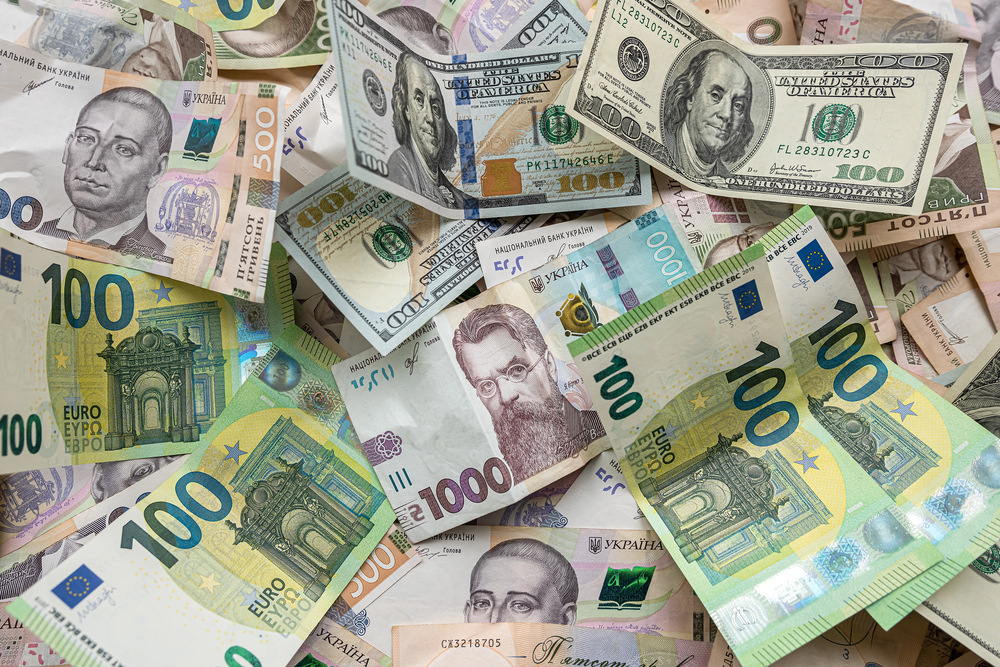
Globetrotters who carry a lot of cash, including multiple foreign currencies and coins, often get flagged by security agents. Agents worry about trafficking and may ask why you traveled to various places and who you work for. If you come back from travels with more foreign money than you bargained for, it’s best to get it changed back into your home currency to avoid unnecessary questions.
Traveling with Coffee in Large Quantities

Drug smugglers commonly use coffee to hide the scent of illegal substances from detection dogs, making it a red flag for officers. Watch enough episodes of Locked Up Abroad, and you’ll know that traveling with large amounts of coffee is the mark of most smugglers. If you’re set on bringing home coffee from your destination, separate the item when going through security to ensure it doesn’t obscure the X-ray image.
Arriving Late or Acting Confused About Your Gate
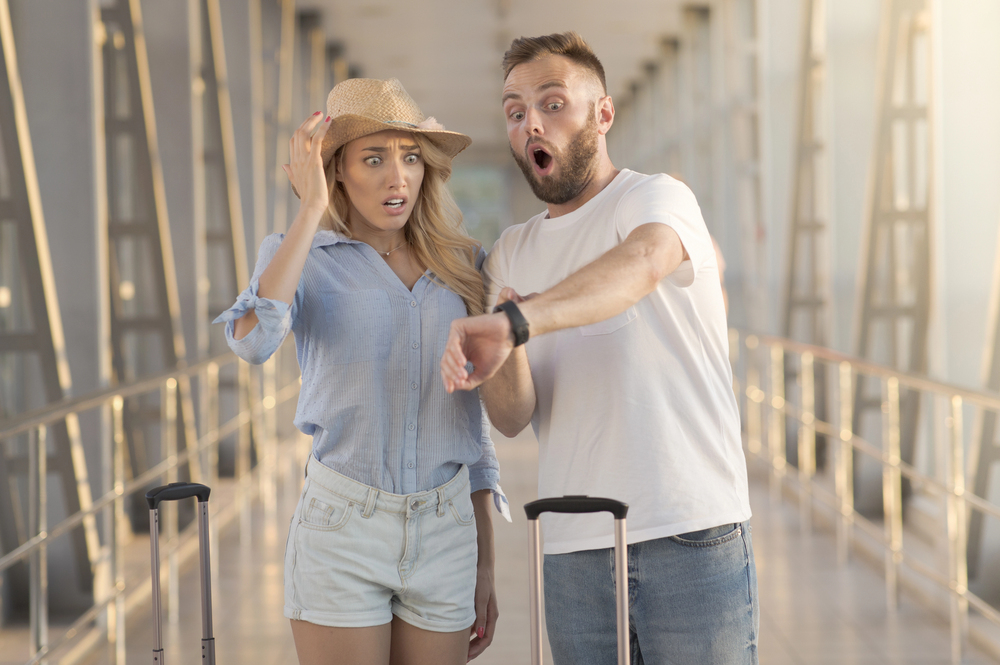
Arriving late or close to departure time and not knowing where to find your gate will earn you points on the TSA’s suspicious behavior scale. Passengers who are flustered and get to the gate with seconds to spare or seem confused about where to go can raise suspicions. Which seems fairly ridiculous considering no one who is late for their flight is composed or completely oriented.
Being Overly Talkative with Security Officers
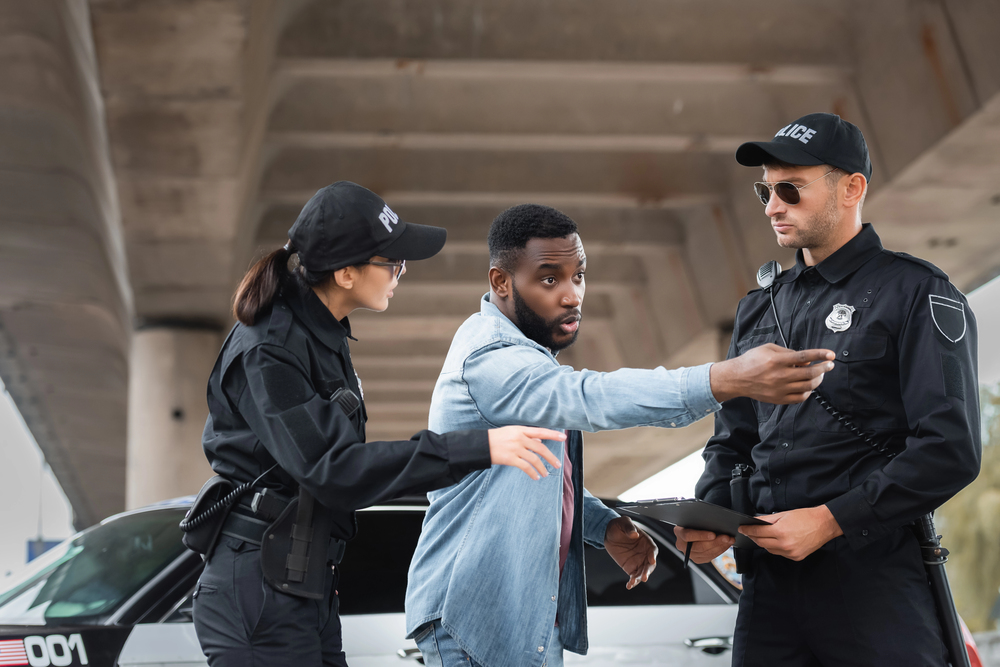
Making excessive small talk with TSA employees isn’t always a good idea and can be seen as a distraction tactic. Many criminals try to avert the attention of security agents using this approach, so being overly talkative may be a red flag. Sometimes, excessive talking can be seen as trying to distract officers from their job duties, especially those working the X-ray equipment. A friendly greeting is fine, but don’t turn it into a full conversation.
Wearing Baggy or Loose-Fitting Clothes
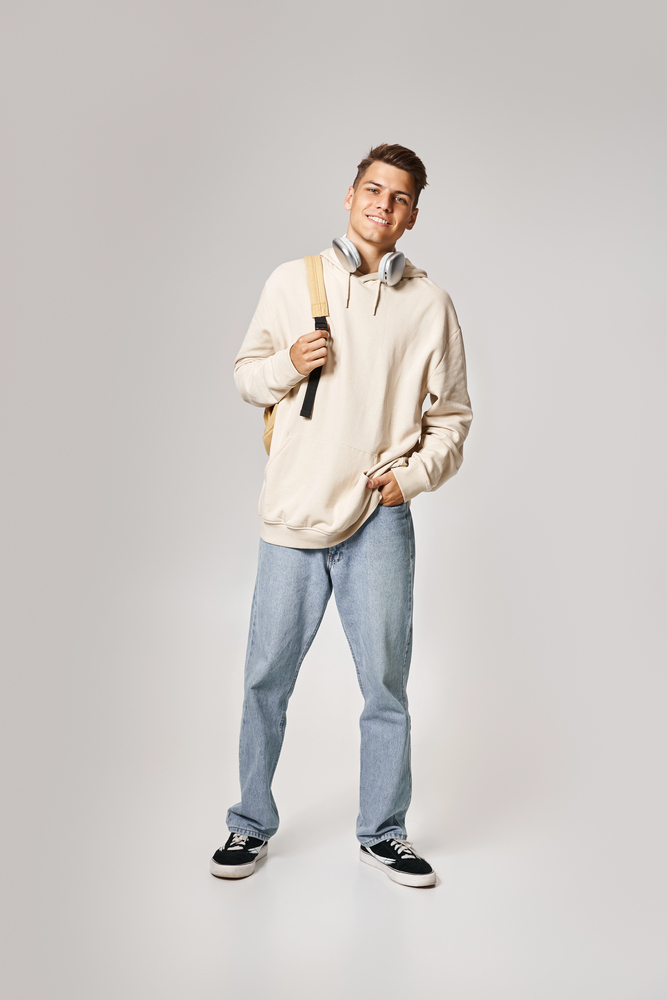
Baggy clothes may prompt extra screening because agents can’t tell what you might be hiding underneath. Many times, if your clothes are too baggy, the scanners can’t see underneath them, which could lead to the dreaded pat-down search. While loose clothing isn’t prohibited, it may make TSA agents wary, and with new body scanners, they can see everything regardless of how much clothing you have on.
Having Inconsistent Travel Documentation
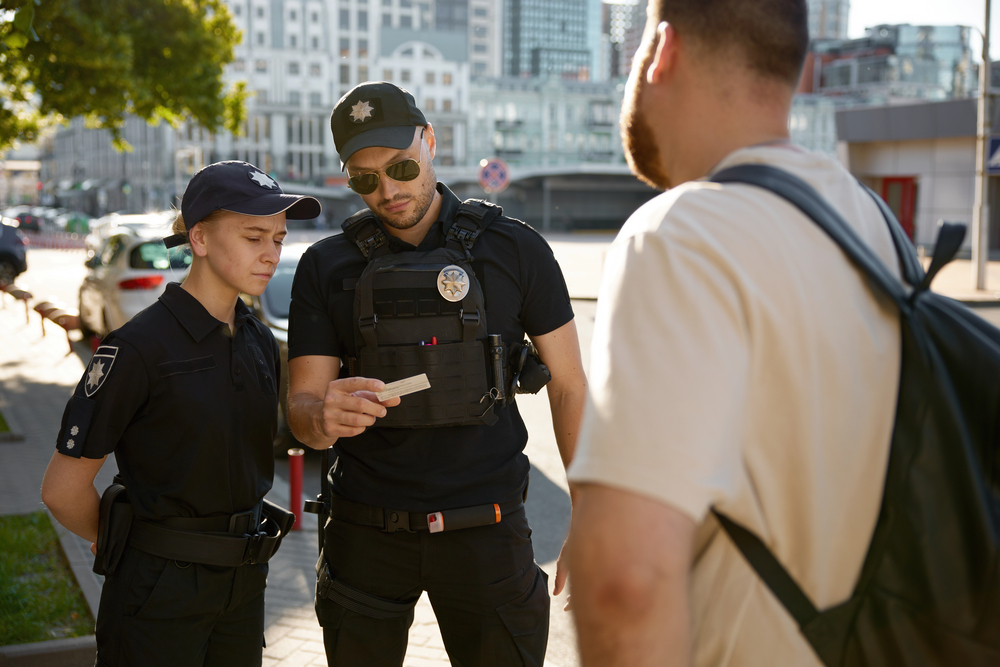
Incomplete, missing, or fraudulent paperwork accounts for a significant part of customs holds. Inconsistencies in your travel plans or documents can trigger additional screening. This includes everything from passport stamps that don’t match your stated itinerary to booking confirmations that seem suspicious. More often than not, average customers aren’t aware of the documents required for smooth travel, which can cause unnecessary delays.
Appearing to Be in Disguise

Looking like you’re trying to conceal your identity will earn you points on the TSA’s warning system. This could be anything from wearing oversized sunglasses indoors to sporting a hat that covers most of your face. ‘Appears to be in disguise’ will earn you three points on their scoring system. Even if you’re just having a bad hair day, consider how your appearance might be perceived by security personnel.
Booking Last-Minute Travel or One-Way Tickets
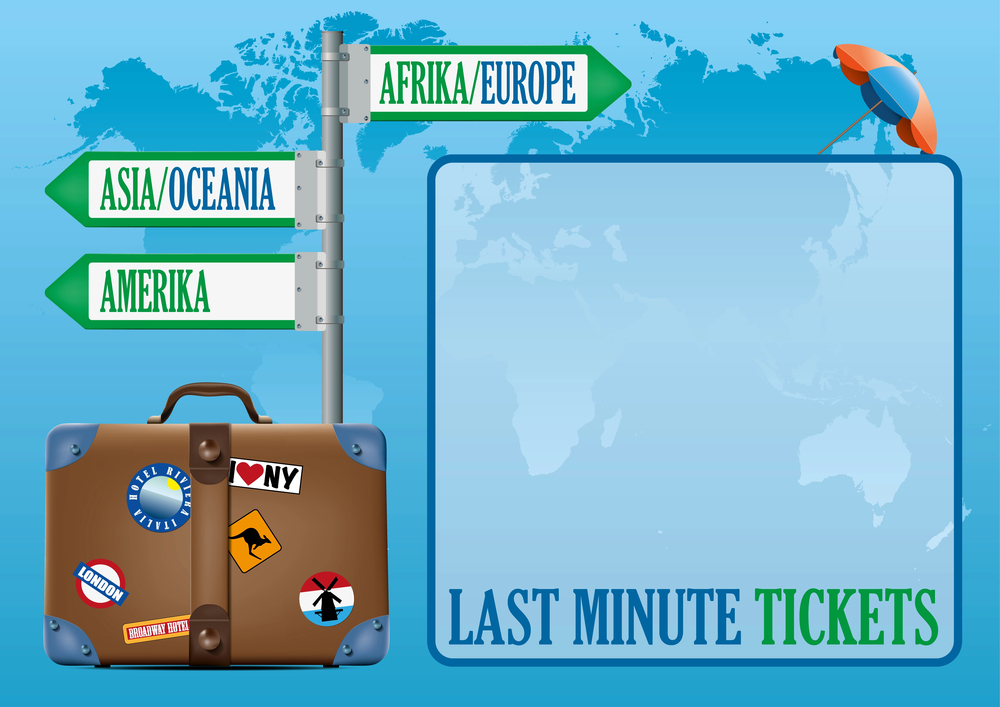
Red-flag travel behaviors include booking flights at the last minute, purchasing one-way tickets without a clear return plan, and short trips to distant countries followed by immediate returns. These patterns suggest that a traveler might be attempting to evade detection or be involved in activities requiring irregular travel. While there are legitimate reasons for last-minute bookings, they tend to raise eyebrows at security checkpoints.
Excessive Grooming Gestures

Exaggerated or repetitive grooming gestures are considered possible warning signs by TSA agents. This includes things like constantly adjusting your hair, repeatedly smoothing down your clothes, or fidgeting with your appearance in ways that seem nervous or obsessive. Nothing shouts guilt like excessive throat clearing, either. These behaviors often indicate stress or anxiety that officers are trained to notice.
Carrying Unusual Electronics or Items
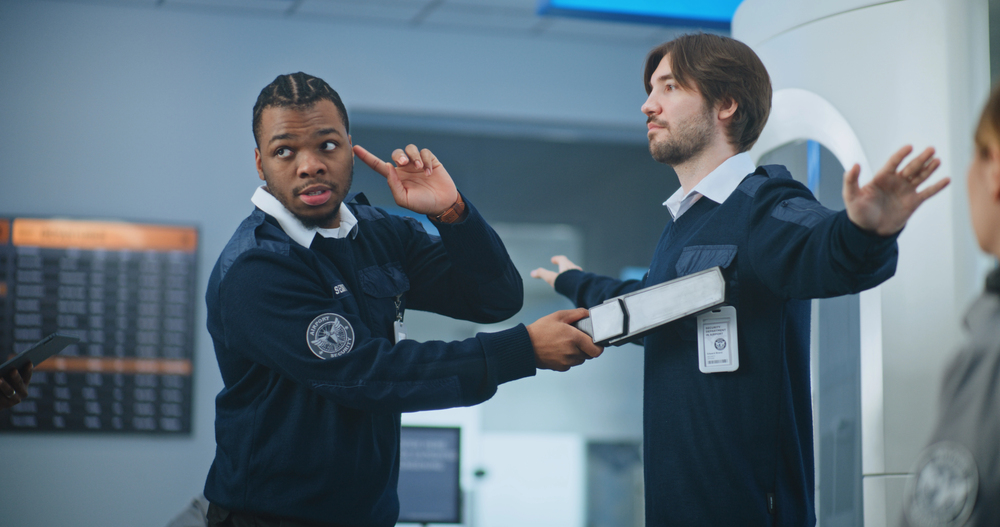
Items that are unusual for a regular traveler can trigger additional scrutiny, including equipment that could be misused on aircraft or electronic devices that fail to turn on. TSA screeners primarily look for behaviors and items that are inconsistent with typical passenger patterns. Dense materials, cluttered packing, or layers of electronic devices can obscure X-ray views, making it difficult for security personnel to assess contents accurately.
Making Complaints About the Screening Process

Making excessive complaints about the screening process can get you flagged for additional attention. While everyone gets frustrated with long lines and intrusive procedures, vocal complaints about TSA policies or procedures tend to mark you as a problem passenger. At least removing people who complain excessively will momentarily separate you from other frustrated travelers. Keep your grumbling to yourself until you’re safely through security.
Traveling from High-Risk Countries
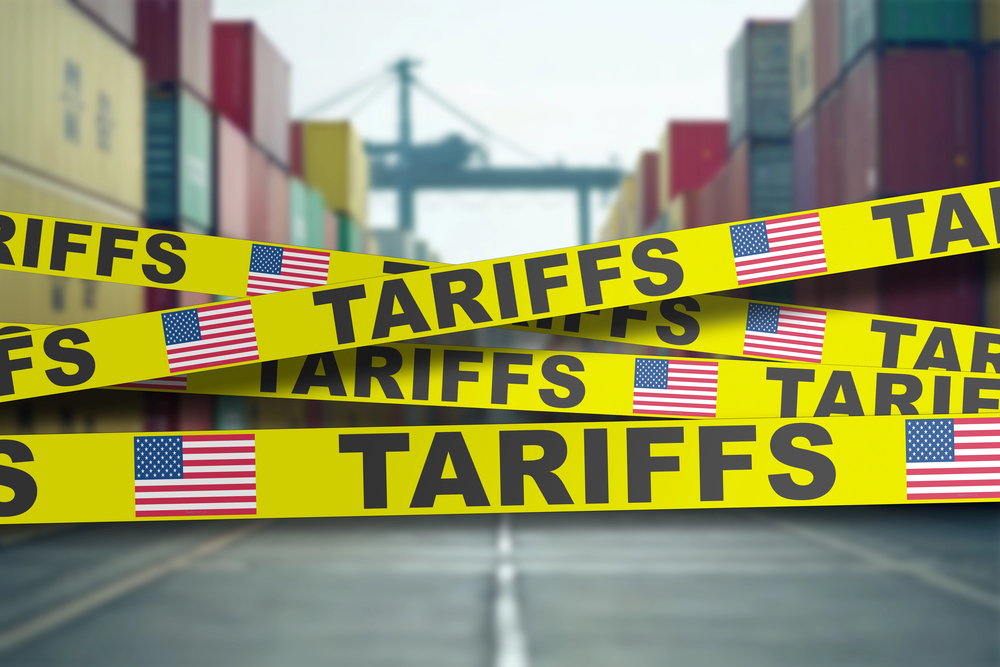
If your shipment or travel originates from a country flagged for trade restrictions or security concerns, it’s likely to be flagged for inspection. Frequent travel to destinations considered high-risk by security agencies can increase the likelihood of being selected for additional screening. Itineraries that include indirect routes, multiple airlines, or unnecessary connections, especially in countries with poor diplomatic relations with the U.S., can also trigger examination.
Having Widely Open Staring Eyes
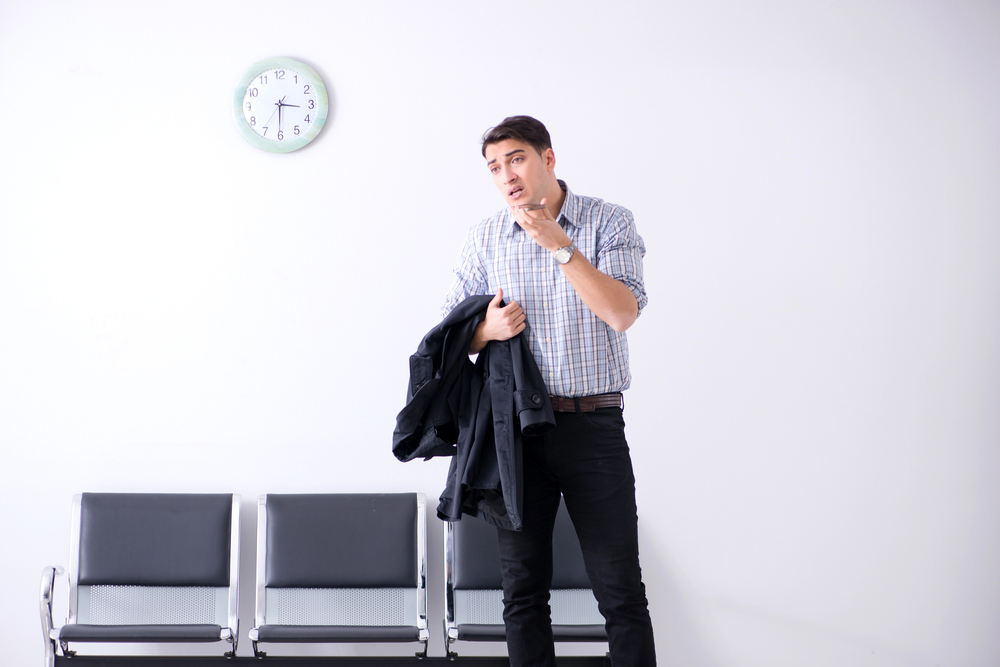
Widely open staring eyes are considered a potential mark of suspicious behavior by TSA agents. The trick is to look straight ahead but not at anything in particular — if you overadjust and stare too intently back at the agent, that could also be a red flag. But not with wide, staring eyes — that’ll get you in trouble too. Finding that sweet spot between normal eye contact and looking suspicious is trickier than it sounds.
The Reality Behind These Red Flags
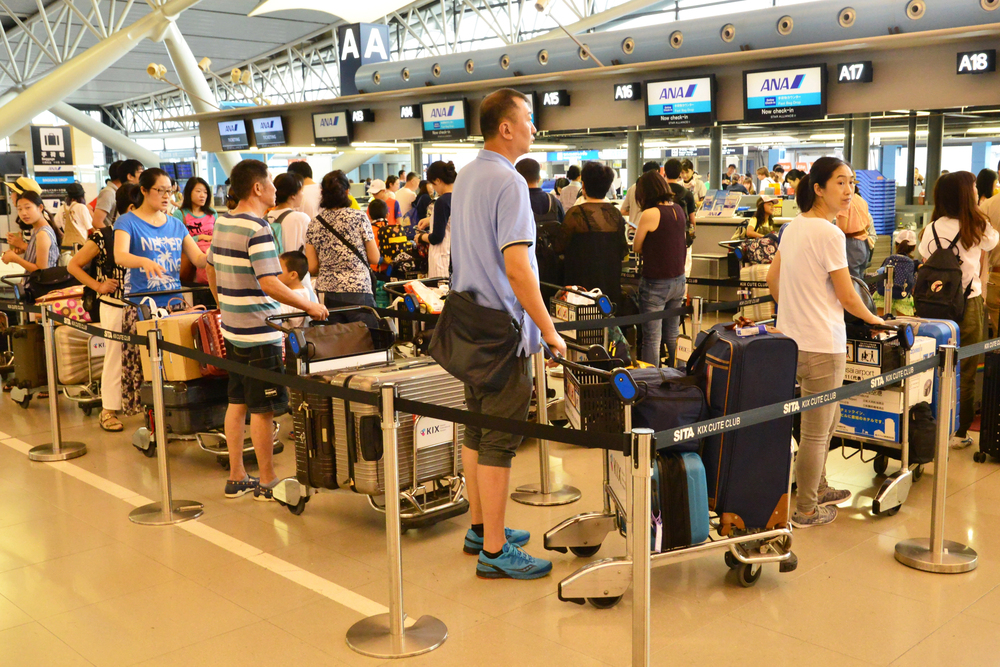
The TSA’s Screening of Passengers by Observation Techniques (SPOT) program uses a 92-point checklist of supposedly suspicious behaviors that officers watch for. Transportation security officers are trained to look for clusters of these activities rather than just one isolated behavior. The system isn’t perfect, and many of these behaviors happen naturally when people are stressed, tired, or simply unfamiliar with travel procedures. Understanding what triggers additional screening can help you navigate checkpoints more smoothly and avoid unnecessary delays on your journey.
More from Travel Pug

- 20 Best Beach Towns in the Carolinas
- 13 Destinations Where Tourists Regularly Regret Their Trip
- 20 Things You Actually Get in First Class
- 20 Small Airports With Aviation Museums
- 20 Places in the U.S. That Are Perfect for a Reset Trip
Like Travel Pug’s content? Follow us on MSN.
